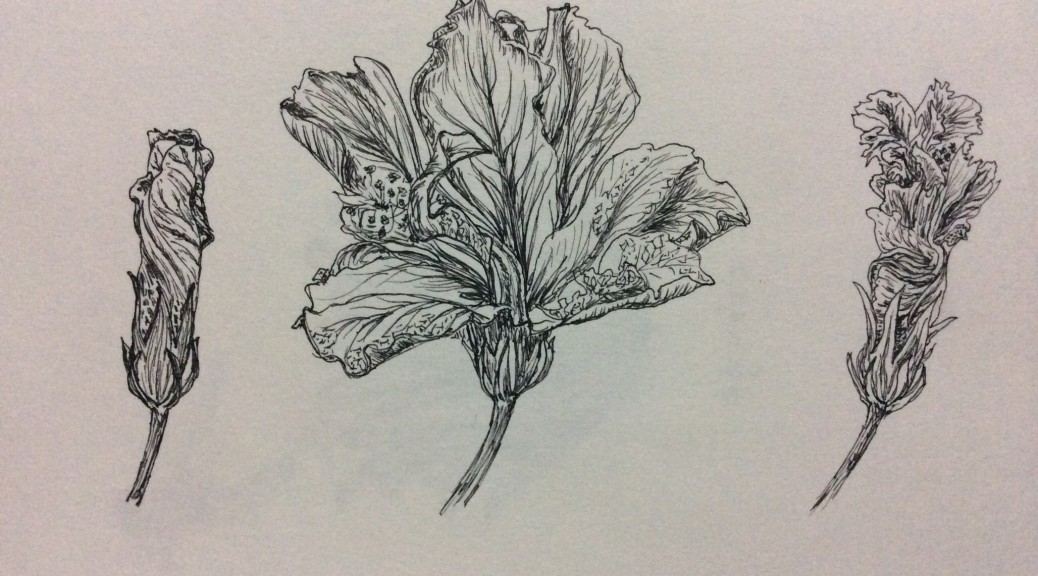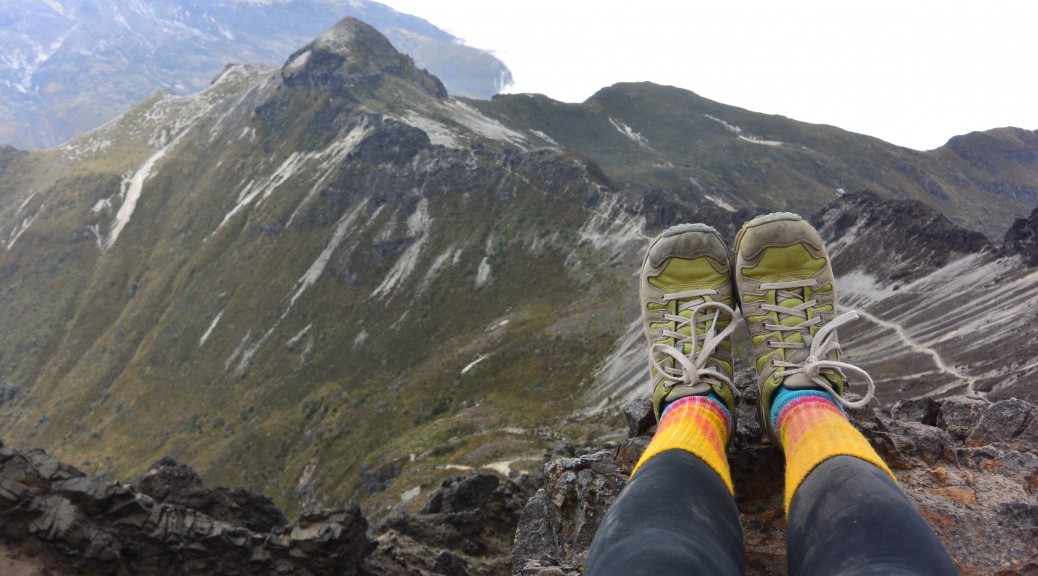Hello to those who I care about and who care about me,
I started this blog with hopes of sharing stories and thoughts on a more frequent basis, out of an obligation and interest I felt in doing so. Additionally, I’ve been keeping up with communication on media outlets and in frequent messages to family members.
While all of this is good, I’m writing this to tell you that I intend to heavily cut back on all of this at least for the next month. There are many reasons for this decision, as I will note.
One: It takes away from my developing fluency of Spanish. Every time I communicate in English, I’m not thinking in Spanish. On days after I have a lengthy conversation with someone (for example, my mother, about pertinent medical situations that thankfully are now over) I find that in speaking with my host family afterwards my fluency is delayed. As one of the main goals of my time here is to achieve a fluency past “cualquier gringa” (“the usual gringa,” as my H. family puts it), I want to maximize my learning and development by limiting the interrupting factors.
Two: It takes me away from connecting with and appreciating the people, place, and limited time I have here. At the beginning of this journey I was struggling with the thought of spending 6 WHOLE MONTHS here, but already, one month has passed. As I keep growing within my family and community, my eyes are opened to just how many opportunities there are for me to grow here: a women’s fútbol league that practices on Sundays, a town to explore, crops to grow, patients to whack with bay leaves with my shaman grandmother, and infinite other opportunities.
Three: It puts me in the mentality of having an adventure so that I may share a story, not so that I may have an intimate learning experience just for myself. I want nothing more than to keep sharing stories with those I love, but I feel it taking away from my personal development and the reasons I decided to be on this journey in the first place. To experience situations in raw clarity, realize some of my intrinsic characteristic reactions in given experiences, reflect on those, and direct my growth into a self-sufficient, competent, loving, and empathetic individual ready to embark on a lifetime of adventures with a clearer understanding of myself.
Here’s what I think it boils down to, quoting the book If You Meet the Buddha on the Road, Kill Him! (thank you, Mum, for asking me to read it; yet another good idea of yours):
“Each generation of adolescents makes its own sort of search for meaning. The pilgrimage of the young is individual, though it is committed in concert. In each generation, a few make the pilgrimage in depth, devoting themselves to it, having the adventure of their lives.” To paraphrase the remainder, “some lead a halfhearted or misguided search, and some not at all.” I proudly identify myself as the first category, and so it is my wish to follow through, pushing past the difficulty and fear it presents.
And so I ask that you all, my loved ones, permit me my selfishness for the time being, with greatest understanding. I will reach out when I feel it’s right, and of course you can reach out to me at any point as well. But here I terminate my “feed of stories” for the time being, so that I may develop myself here, struggles and all, and come out of it a stronger and more sound individual ready to share stories, opinions, and new beliefs -as they naturally arise from my experiences – at a later time. I ask for your deepest understanding, love, and support as I continue this journey.
Much, much love,
Georgia



















